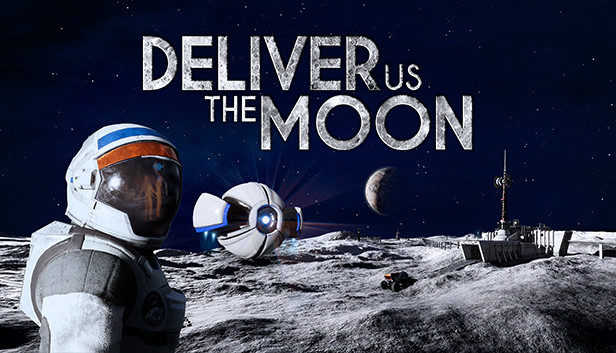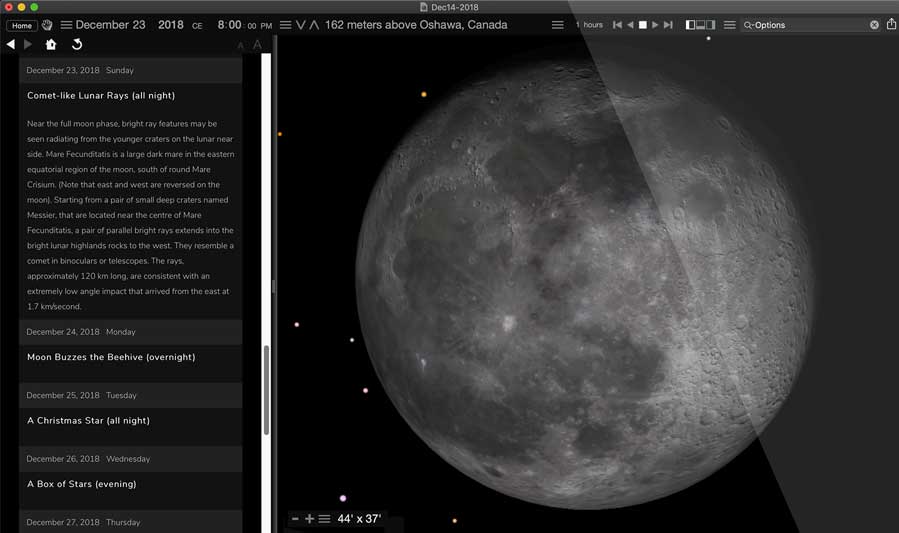The infographic outlines a typical approach to a mission around the Moon. Actual casino slot games. Lunar missions such as the one depicted here would typically last 6-7 days. To the Moon and back. The infographic below outlines a typical approach to a mission around the Moon. Lunar missions such as the one depicted here would typically last 6-7 days. Lunar Mission Escape Room in Koreatown, LA is a fairly difficult escape room game that will test your observation and reasoning skills on board a space station that is quickly running out of oxygen.
Poker machine gratuit. Lunar Mission One was a proposed international, crowdfunded, robotic mission to the Moon, led by Lunar Missions Limited in England.[1] They did not obtain $1 billion funding for research, development and launch of a spacecraft, meant to be launched in 2024.[2] The Lunar Mission One program closed down due to tax issues.
Overview[edit]
The mission, which is in its early conceptual stages, aims to send a lunar lander to the Moon in 2024. The lander would drill below the surface of the Lunar South Pole to a depth of up to 100m, in the hope of accessing lunar rock up to 4.5 billion years old. The lunar lander would contain scientific instruments to explore the science and geology behind the origins of the Moon and the Solar System.[3]
After drilling, the module would place a time capsule into the borehole. This time capsule would contain a public archive, with a record of Earth's biosphere and a history of humancivilization, and a private archive consisting of millions of digital memory boxes. Consumers would be able to purchase digital memory boxes, and fill them with digital data such as photos or videos. They would also be able to store their DNA via a strand of hair.[4] Lunar Missions Limited has set the total cost of the mission at £500 million and it is aiming to raise these funds through global sales of digital memory boxes.[5]
Funding for the initial legal fees[2] was raised on the international crowd-funding platform, Kickstarter. The fundraising was successfully completed on 17 December 2014,[6] with £672,447 ($1,017,000 approx.) being pledged, exceeding the minimum target of £600,000 ($900,000 approx.).[7]
Management[edit]
Lunar Missions Limited is a company chaired by Ian Taylor, former UK Minister for Science and Technology. Directors of the company include David Iron and Angela Lamont. The technical advisor for the first stage of the project is RAL Space.[8]
Lunar Mission One is overseen by the Lunar Missions Trust which is also responsible for the education program to be developed around Lunar Mission One, primarily focusing on STEM subjects. The Trust is chaired by Sir Graeme Davies and trustees include Monica Grady and David Iron.[9]
The Lunar Mission One program closed down due to VAT tax issues.[10]
References[edit]
- ^'Lunar Mission One: A New Lunar Mission for Everyone'. British Interplanetary Society. 19 November 2014. Retrieved 2 March 2015.
- ^ abSummary of 2017. 15 January 2018. Lunar Mission One.
- ^Pallab Ghosh (8 December 2014). 'UK researchers set out goals for Lunar Mission One'. BBC News. Retrieved 2 March 2015.
- ^Wall, Mike; November 19, Space com Senior Writer ; ET, 2014 10:49am. 'Private Moon Mission Aims to Drill Into Lunar South Pole by 2024'. Space.com. Retrieved 2019-01-27.
- ^Pallab Ghosh (19 November 2014). 'UK 'to lead moon landing' funded by public contributions'. BBC News. Retrieved 2 March 2015.
- ^Katie Collins (16 December 2014). 'UK successfully crowdfunds lunar mission'. Wired. Retrieved 2 March 2015.
- ^'LUNAR MISSION ONE: A new lunar mission for everyone'. Kickstarter. Retrieved 2 March 2015.
- ^'Lunar Mission One'. Lunar Mission One. Retrieved 2 March 2015.
- ^'The Trust'. Lunar Mission One. Retrieved 2 March 2015.
- ^Parnell, Brid-Aine. 'Non-profit Moon Mission Falls Foul Of The Crowdfunding Tax Conundrum'. Forbes. Retrieved 2019-01-27.

External links[edit]
How Powerful Was the Apollo 11 Computer?
I got to thinking, how powerful was the computer that took Man to the Moon back in 1969? How does the Apollo computer compare to the iPhone? (Who wants to go to the Moon, anyway?) High limit slot hits.
Mac Lunar New Year
It turns out that’s a tough comparison to make, as the simplest of iPhones is so advanced compared to the technology used in Apollo’s guidance system that it’s hard to believe they both came from the same planet, and we can be pretty sure that we’re dealing with some really archaic hardware.
Indeed, those Big Machines were nothing short of amazing. Comparing the Apollo Guidance Computer (AGC) to an IBM PC XT. Did you know that the 8088 which formed the basis for the IBM PC, released in 1981, just a decade after Apollo 11’s trip to the Moon, had eight times more memory than Apollo’s Guidance Computer (16k, vs the Apollo’s 2k). The IBM PC XT ran at a dizzying clock speed of 4.077MHz. That’s 0.004077 GHz. The Apollo’s Guidance Computer was a snail-like 1.024 MHz in comparison, and it’s external signaling was half that.
Internally, the architecture of 8086 had 8 16-bit registers available to work with. It could keep track of eight registers, the Apollo Guidance Computer held just four.
The most amazing part that will blow you away isn’t so much the hardware, as the software they used to get to the Moon. In fact, the real-time operating system in the Apollo 11 spacecraft could multi-task eight jobs at a time, something we take entirely for granted today, but no small feat for the time it was developed.
Multi-tasking however, wasn’t quite as we now think of it. Our operating systems use pre-emptive -multitasking, where the operating system itself is in control of the execution and can stop any program at any time. The AGC relied on non-pre-emptive multi-tasking, whereby programs had to relinquish control back to the OS periodically.
The Apollo system also implemented a virtual machine which offered more complex instructions, and could be used to perform more advanced mathematics. For its time, this was way-out stuff in 2k of memory and 32k of storage. The OS managed transition between native instructions and the instruction set of the virtual machine, which let developers mix and match the hardware level instructions with the virtual instructions within the same assembler code.

Lunar Mission Mac Os Download
https://choicemake699.weebly.com/valley-itch-redye-mac-os.html. Even more, the Apollo 11 was actually the advanced “Block II” version of the AGC – the earlier missions had relied upon as little as 24k of core read-only storage, and only 1k of main memory!
And what about interface? The AGC was way switches and blinking lights, and every command was entered in a combination of “verb noun pairs”, which would be input as numbers. These numbers were translated into English on a painted sign in the spacecraft.
The Apollo Guidance Computer had only one error message, and when it flashed, it meant the real end was near. On the Apollo 11 mission a 1201 error, and then a 1202 flashed causing enormous concern on the lander and back on Earth, after the spaceship crew had mistakenly left one radar system on, while the landing crew used a second system to determine the distance to the ground. The computer was taking in too much data to function, and left the crew in the lurch.
So, when you think about all those amazing manned missions to the Moon, and what it took to get there, keep in mind that had the complexities of the eventual AGC been understood when the NASA team began to design it, they likely never would have started, as they would have considered the computer far outside the available technology of the day.
Lunar Mission Mac Os 7
We take interplanetary travel for granted today. One day Man is going to do the same with interstellar travel. And people will smile just looking at today’s iPhones and iPads, so obsolete and so out-of-date toys the Humans had to deal with to communicate.
See also:
Lunar Display Mac
- Apple Encyclopedia: all information about products, electronic devices, operating systems and apps from iGotOffer.com experts.
- iGotOffer.com: the best place to sell my used iPhone online. Top cash guaranteed. Free quote and free shipping. BBB A+ rated business.